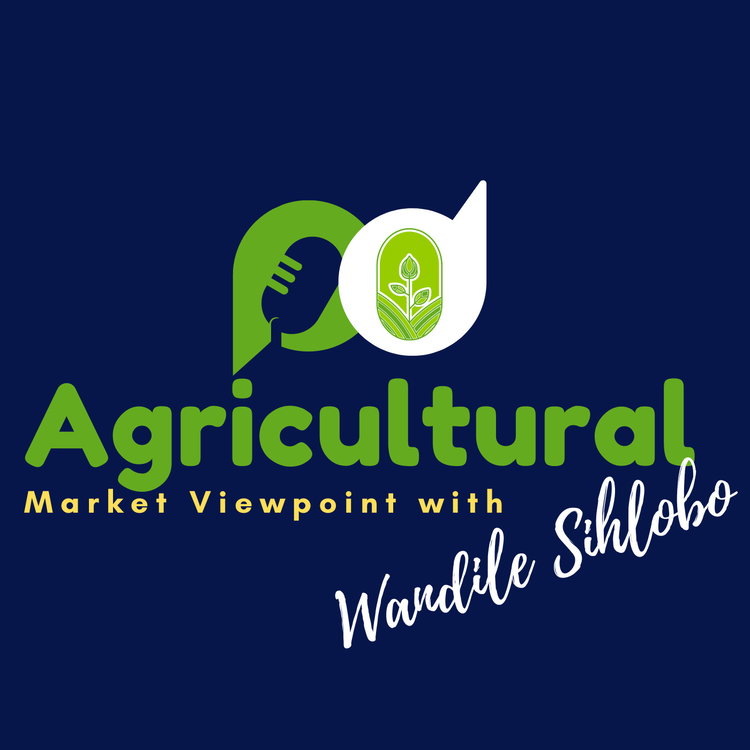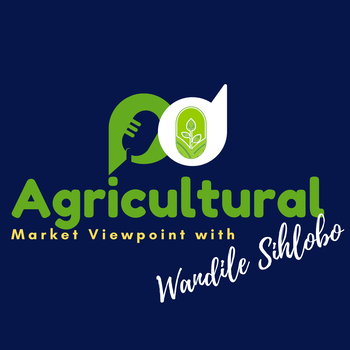
South Africa's summer crop production estimate has been lifted mildly
Loading player...
Many, including myself, may have been a bit pessimistic about the 2023/24 summer crop growing conditions when we signalled a potential further downward revision of the harvest estimate this month.
The data released last week by the Crop Estimates Committee showed mild upward adjustments in the crop size from last month's figures. South Africa's 2023/24 summer grains and oilseed harvest is estimated at 16,0 million tonnes, up 1% from last month.
Indeed, this is not a cause for celebration. The figure does not change the reality that we have been through a challenging season of El Niño-induced drought and heatwave in February and March that weighed on the summer grains and oilseed harvest in various regions of the country. The current estimated harvest of 16,0 million tonnes is down 20% from the 2022/23 production season.
Maize
A closer look at the data shows that white and yellow maize harvest could be 6,4 million tonnes (up 2% m/m) and 6,9 million tonnes (roughly unchanged from last month). These revisions place the total maize production estimate at 13,3 million tonnes (up 1% m/m).
When viewed annually, white maize harvest is down 25%, with yellow maize down 13% from the 2022/23 season. The expected harvest of 13,3 million tonnes is down 19% from the 2022/23 season.
If it materializes, the expected harvest will be sufficient to meet South Africa's annual maize consumption of roughly 12,00 million tonnes, leaving the country with a small export volume. Still, we will likely see prices remaining elevated for some time because of the potentially tight supplies.
The Southern African regional demand, particularly for white maize, also remains a significant upside driver of prices.
Oilseeds
The 2023/24 soybean harvest remained unchanged from last month, estimated at 1,8 million tonnes (down 35% y/y). This annual decline results from lower yields in various regions of South Africa. We now believe South Africa may not play a robust position in soybean exports like the previous season. If anything, soybean oilcake imports this new season are now a possibility.
Meanwhile, the sunflower seed harvest estimate was lifted from last month by 4% to 615 000 tonnes (down 15% y/y). The area plantings are moderately down from the previous year, which means the primary driver of the annual decline in the harvest is the expected poor yields, especially as most of South Africa's sunflower seed is planted in the western regions that experienced dryness and heatwave in February and March.
Concluding remarks
The recent rains in much of South Africa's summer crop-growing regions are too late. The damage to the crop occurred in February and March during the heatwave and the El Niño-induced dryness. The current crop forecasts reflect this challenge, as the major crops are down notably compared to the 2022/23 production season.
Listen to the podcast for a detailed reflection.
My writing on agricultural economic matters is available on my blog: https://wandilesihlobo.com/
Podcast production by Lwandiso Gwarubana, Richard Humphries, and Sam Mkokeli
The data released last week by the Crop Estimates Committee showed mild upward adjustments in the crop size from last month's figures. South Africa's 2023/24 summer grains and oilseed harvest is estimated at 16,0 million tonnes, up 1% from last month.
Indeed, this is not a cause for celebration. The figure does not change the reality that we have been through a challenging season of El Niño-induced drought and heatwave in February and March that weighed on the summer grains and oilseed harvest in various regions of the country. The current estimated harvest of 16,0 million tonnes is down 20% from the 2022/23 production season.
Maize
A closer look at the data shows that white and yellow maize harvest could be 6,4 million tonnes (up 2% m/m) and 6,9 million tonnes (roughly unchanged from last month). These revisions place the total maize production estimate at 13,3 million tonnes (up 1% m/m).
When viewed annually, white maize harvest is down 25%, with yellow maize down 13% from the 2022/23 season. The expected harvest of 13,3 million tonnes is down 19% from the 2022/23 season.
If it materializes, the expected harvest will be sufficient to meet South Africa's annual maize consumption of roughly 12,00 million tonnes, leaving the country with a small export volume. Still, we will likely see prices remaining elevated for some time because of the potentially tight supplies.
The Southern African regional demand, particularly for white maize, also remains a significant upside driver of prices.
Oilseeds
The 2023/24 soybean harvest remained unchanged from last month, estimated at 1,8 million tonnes (down 35% y/y). This annual decline results from lower yields in various regions of South Africa. We now believe South Africa may not play a robust position in soybean exports like the previous season. If anything, soybean oilcake imports this new season are now a possibility.
Meanwhile, the sunflower seed harvest estimate was lifted from last month by 4% to 615 000 tonnes (down 15% y/y). The area plantings are moderately down from the previous year, which means the primary driver of the annual decline in the harvest is the expected poor yields, especially as most of South Africa's sunflower seed is planted in the western regions that experienced dryness and heatwave in February and March.
Concluding remarks
The recent rains in much of South Africa's summer crop-growing regions are too late. The damage to the crop occurred in February and March during the heatwave and the El Niño-induced dryness. The current crop forecasts reflect this challenge, as the major crops are down notably compared to the 2022/23 production season.
Listen to the podcast for a detailed reflection.
My writing on agricultural economic matters is available on my blog: https://wandilesihlobo.com/
Podcast production by Lwandiso Gwarubana, Richard Humphries, and Sam Mkokeli

